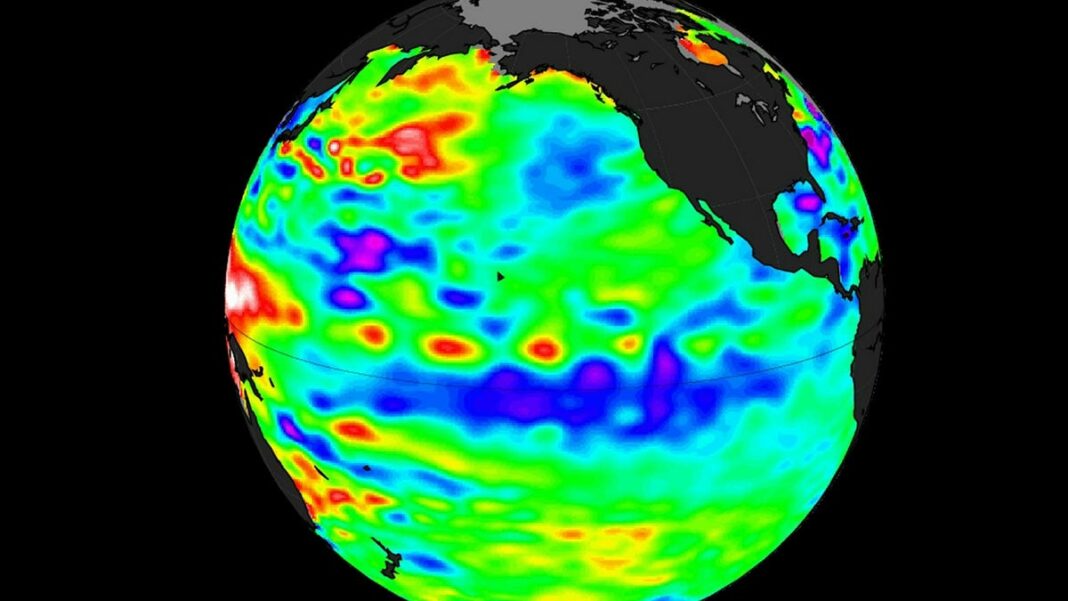Where is La Niña? Why the climate troublemaker is making a late arrival for 2024
The much-anticipated La Niña climate pattern has not yet developed, but scientists expect it to form in the coming month, as announced on Thursday by federal officials.
The Climate Prediction Center indicated a 60% likelihood that La Niña conditions will appear by the end of November, with forecasts suggesting it could last through January to March 2025.
Climate scientist Michelle L’Heureux mentioned to YSL News that the “onset is delayed. It has not formed yet,” remarking that this delay might result in a less intense La Niña if it indeed forms.
AccuWeather’s meteorologist Jason Nicholls corroborated this, suggesting that a weak La Niña is likely to develop in the following months and may not last long.
La Niña often leads to increased hurricane activity in the Atlantic Basin, which could still influence the latter part of this year’s hurricane season. It also impacts winter weather patterns in the U.S. and globally.
What is La Niña?
La Niña is a natural climate event characterized by cooler-than-usual sea temperatures in the central and eastern Pacific Ocean. La Niña is declared when sea temperatures dip at least 0.9 degrees Fahrenheit below average for three consecutive months.
AccuWeather meteorologist Brian Lada explained, “While this may sound like a small change in temperature, it can lead to major shifts in global weather patterns.”
La Niña is a major contributor to U.S. weather dynamics, particularly in late fall, winter, and early spring. It stands in contrast to the more widely recognized El Niño, which occurs when Pacific waters are at least 0.9 degree warmer than usual for three months.
What might La Niña bring next winter?
Typically, a La Niña winter in the U.S. results in colder and snowier conditions in the Northwest while the Southern states experience uncommonly dry weather, according to the Climate Prediction Center. The Southeast and Mid-Atlantic regions often see higher-than-normal temperatures during a La Niña winter.
New England, along with the Upper Midwest stretching into New York, is likely to experience cooler-than-usual temperatures, as per the Weather Channel.
The National Oceanic and Atmospheric Administration (NOAA) is set to publish its winter forecast on Thursday, with L’Heureux highlighting that the anticipated La Niña will likely play a significant role in the predictions.
Other meteorologists are also keeping an eye on La Niña; for instance, Japan’s weather bureau recently stated that while there are currently no signs of El Niño or La Niña phenomena, La Niña characteristics appear to be developing.
What is El Niño? What is ENSO-Neutral?
El Niño is another natural climate phenomenon characterized by warmer-than-average sea surface temperatures in the central and eastern tropical Pacific Ocean, typically occurring every two to seven years.
The term “El Niño” translates to “the little boy” or “Christ child” in Spanish. It was first identified by fishermen off the South American coast in the 1600s when they noticed distinctly warm water in the Pacific Ocean around Christmas time.
This entire natural climate cycle is scientifically referred to as the El Niño – Southern Oscillation, abbreviated as ENSO. The cycle alternates between warmer and cooler sea temperatures along the equator in the tropical Pacific. La Niña denotes cooler-than-usual ocean temperatures in this region.
When the water temperature shows no significant warmth or coolness, it’s classified as “ENSO-neutral” conditions.
Currently, we are experiencing ENSO-neutral conditions: “The waters in the central and eastern Pacific Ocean near the equator have maintained near-average temperatures this month,” said Weather.com meteorologist Chris Dolce on Thursday. This indicates that neither El Niño nor La Niña is currently active.

